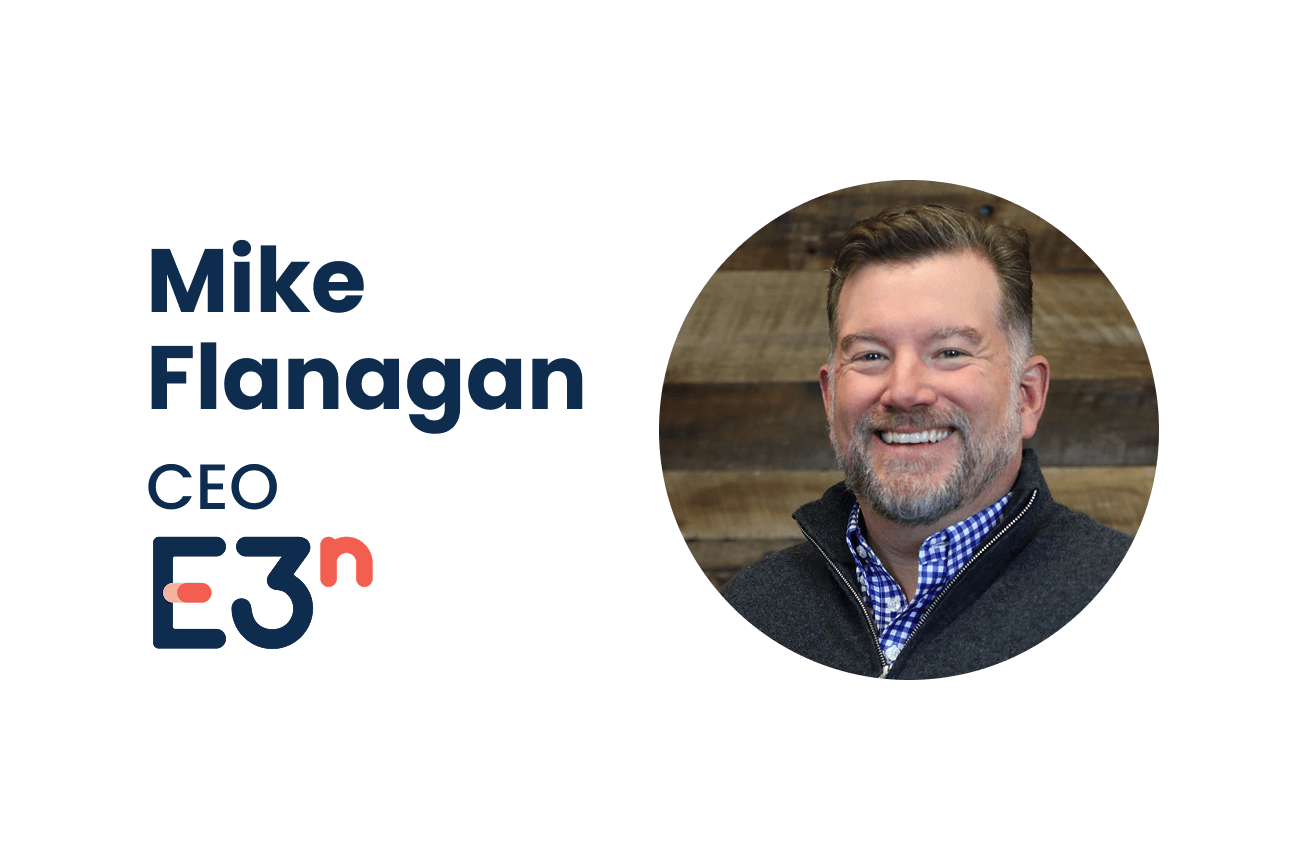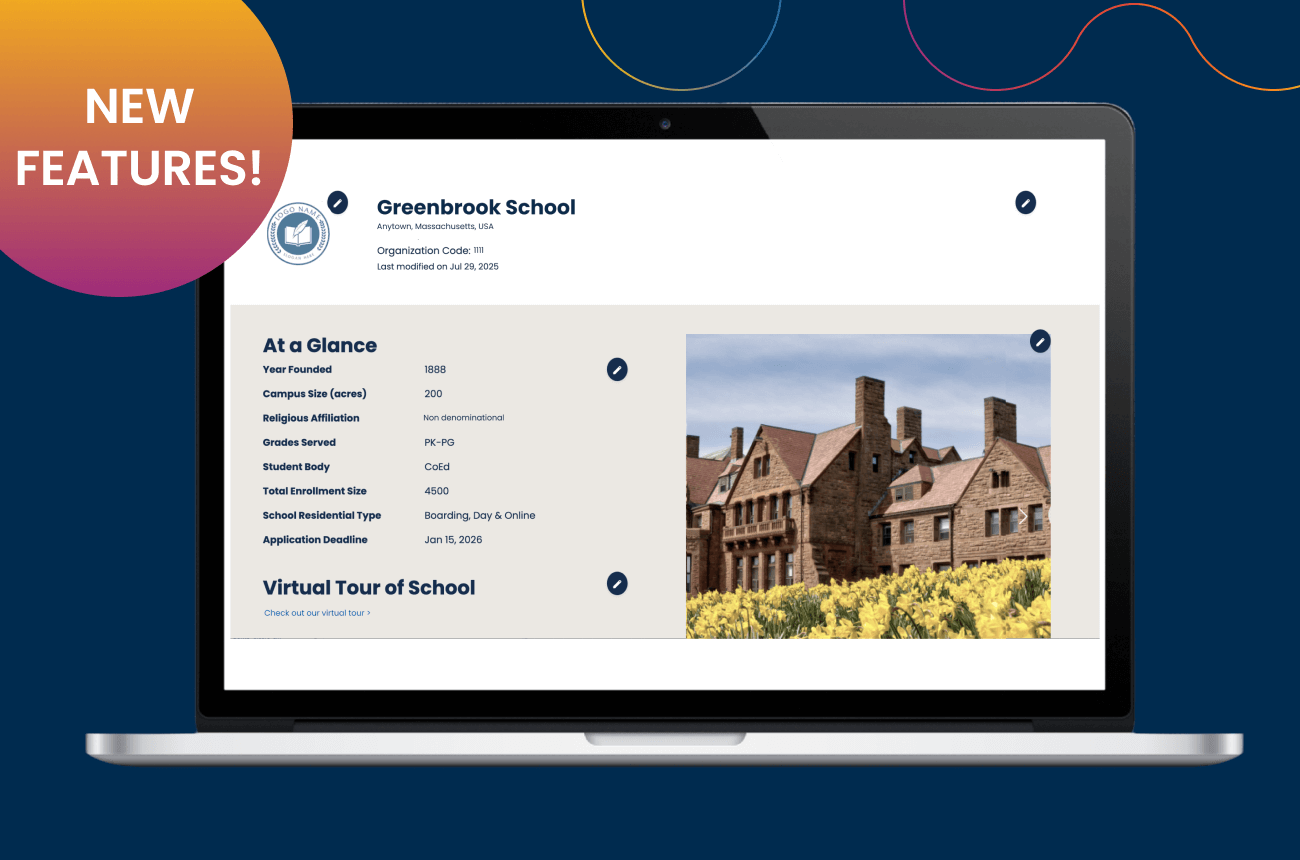Strategic Planning for Schools and Admission

From The Yield, Fall 2014
Christina Drouin, President of the Center for Strategic Planning, works internationally to advise independent school trustees, heads, and leadership teams on building sustainable schools with local and global impact. Over the past three decades she has facilitated hundreds of strategic planning, strategic marketing, and change initiatives for nonprofits, with a special focus on PK-12 independent schools and the associations that serve them.
Your expertise is in helping schools plan strategically. On what principles do you base your planning process and why?
Strategic planning requires an environment of dialogue and innovation where “the plan” serves as a means to an end, not the end itself. We have to replace the episodic process of strategic planning with the continuous practice of strategic thinking. In this way, authentic engagement and disruptive solutions — not the strategic plan itself — deliver the preferred and sustainable future that is the ultimate goal of all strategy-making. Essentially, I articulate five principles when planning strategically with a school:
The first principle is that values and mission are the basis of everything. Together they form the school’s identity. Healthy schools are places where core values and mission align with daily and strategic decision-making. This alignment of beliefs and deeds is what creates an overall sense of well-being. Based on this underlying principle, my first work with a school is discerning its core values and testing for an exemplary mission statement that flows from these values. If a school already has its core values identified, we assess performance on these values and use this as an early indicator of the type of work that this planning cycle may need to target.
The second principle is that research reigns. Strategic thinking and decision-making require strategic information. Sustainable schools are places where research shapes strategy, and strategy positions the school to prevail in ways that align with its values and mission. By engaging in extensive internal and external research, we are able to make sense of the factors that will most impact the school’s future and identify the strategic agenda that will drive the current planning cycle.
The third principle is that strategy is dynamic. The piece that schools typically find most challenging is adjusting or recalibrating strategy based on factors that may have changed. We make sure to operate from a set of underlying assumptions about what we think will be true about the future and then keep our eyes wide open to emergent issues and trends that may require changes in strategy. Through regularly scheduled strategy review sessions, we are able to assess the plan’s ongoing relevance and keep it dynamic.
The fourth principle is that every successful strategic plan reaches for the stars while keeping its feet on the ground. Big, bold visions inspire. Aspirational goals engage. Innovative strategies ignite imaginations. Each is critical, but only part of the success formula. Most strategic plans fail because they simply aren’t implemented. So before we launch a new plan, we make sure every strategy devolves into actual work with a series of initiatives that describe relevant projects, programs, and activities that operationalize it.
The fifth principle is that planning strategically is cyclical, not linear. Planning strategically has no end point. It is basically a closed system of research and analysis, planning, implementation, evaluation, and adjustment. We should always be somewhere in this cycle — beginning, implementing, or completing a strategic planning process based on these steps. Schools that adopt this continuous loop of strategic activities will build a culture of strategic thinking.
You emphasize the importance of knowing the difference between factors over which schools have control and those over which they do not. Can you explain what you mean by that and why it’s important?
By definition, a strategic plan is a change plan. It’s designed to leverage outside opportunities and minimize outside threats so the organization can create its preferred future. Historically, schools are quite adept at knowing their own internal strengths and weaknesses, but often fail to connect these strengths and weaknesses to the external environment in which they must operate. To be strategic, we must place those things we think we are good at or need to improve — the things we can control — into the broader context of the external environment over which we have no control. This environment contains factors — social, technological, environmental, economic, and political — that represent threats or opportunities that will impact the future: Changes in the economy. Shifts in demographics. Teacher shortages in key disciplines. Schools are at the mercy of each of these and many, many more. An indispensable task in planning strategically is figuring out which are the most relevant and potentially harmful or helpful influencers of the future.
Given the myriad factors affecting the growth of independent schools, how are schools planning today versus 10 years ago?
Planning cycles have been compressed. No one does 10-year plans anymore. Three-year plans are probably most practical, but I find that three-year plans don’t tend to stimulate bold enough visions, and they create a constant churning that I think faculties find disruptive. So I recommend a five-year planning horizon implemented in two phases, each with an annual portfolio of priority initiatives targeted for implementation.
Wise boards have become more inclusive and less board-centric in the management of the strategic planning process. By going beyond the board room for strategic information, planning committee members, and strategy design, schools not only leverage the knowledge and expertise of a broad range of stakeholder groups, but also engage in more authentic dialogue, develop a spirit of shared responsibility, improve collaboration, and contribute to a culture of ongoing strategic thinking.
How should organizations measure the success of a strategic plan?
More and more I find myself recommending an adaptation of the Balanced Scorecard concept originated in the 1990s by Dr. Robert S. Kaplan and David P. Norton. The Balanced Scorecard is intended to be a strategic management system that aligns organizational vision and strategy with performance metrics from four different perspectives: stakeholder, internal processes, learning and growth, and financial. I think this approach gives boards a meaningful way to make sure the school is making progress on vision and goals in ways that are most relevant. As a big fan of dashboards, I like to apply the Balanced Scorecard concept to create strategic plan metrics that provide meaningful status updates at a glance and demonstrate alignment of operational performance with the strategic vision.
Many may not have a strategic plan in place. What advice do you have for admission directors who are in this position?
The only time NOT to plan strategically is when a school is in crisis. Strategies and solutions are different in catastrophic situations. If a school isn’t in crisis mode and doesn’t have a strategic plan, admission directors should push the agenda so that their school develops one — and soon. Based on their knowledge, experience and access to information, they can inform and shape opinion and be a key resource on issues and trends affecting the school’s future.
What are some of the successful enrollment strategies you have seen develop from the strategic planning process?
When a strategic planning process is research-based and inclusive, I have seen it move community members from sidelines to center court, as everyone — from faculty, staff and administration to trustees, parents, students, and alumni — realize they have something to contribute to enrollment management.
Another highly successful enrollment strategy I’ve seen come out of a strategic planning process is a “right philosophy of marketing,” where everyone on campus is aligned around putting student needs, expectations, and satisfactions — when they align with values, mission, and vision — at the center of school decision-making. This is a critically important shift that schools must make to ensure a sustainable future.
Also, since most strategic planning research data today point to enrollment as a key strategic issue, I see wise heads and boards beginning to lean more heavily on their admission directors to make sense of it all On the one hand, this requires admission directors to become resident experts in analyzing issues and trends. And on the other hand, it pushes the industry to supply accessible strategic information and analysis, professional development and training: “A rising tide lifts all boats.”
What advice can you offer admission directors to stay on strategy?
First, develop a strategic plan for admission that supports the school’s strategic plan. Nothing the admission director engages in should fall outside of this unit-based strategic plan. Secondly, develop a dashboard of key performance indicators — maybe using a balanced scorecard approach — that demonstrates how everything you are engaged in contributes in some way to a key performance measure. Bottom line is this: Make sure that everything you’re doing impacts the school’s strategic plan or your department’s strategic plan. By taking these two steps, a busy admission director can stay on strategy and on mission.
From The Yield, Fall 2014




